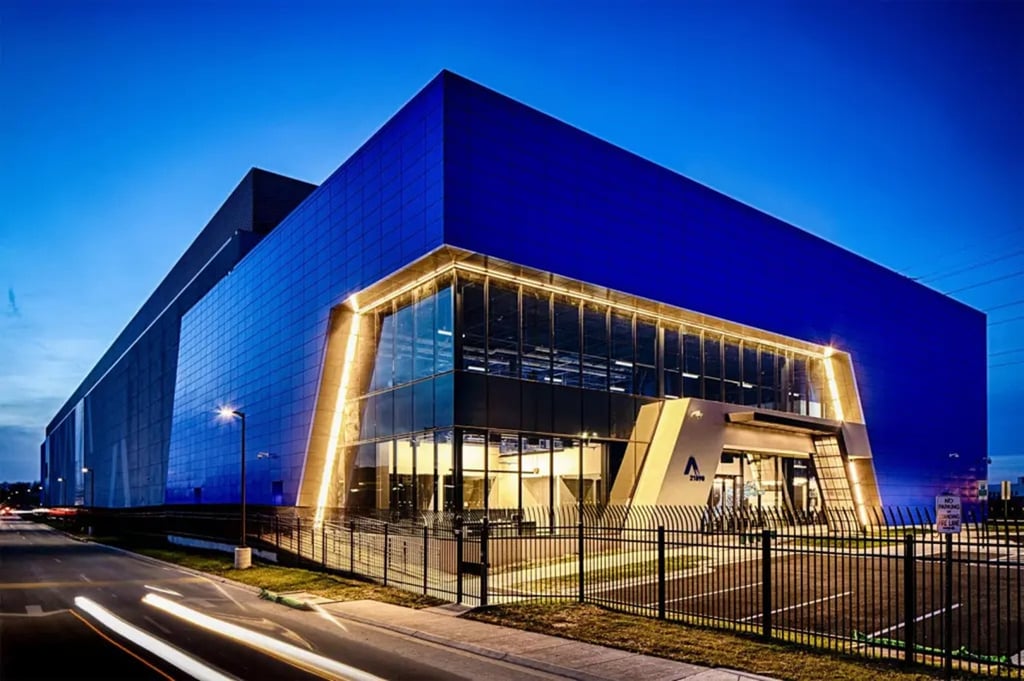IBM today announced a major new development in its quest to create computer memory that can stand up to the data processing and storage requirements of the burgeoning Internet of Things (IoT) era. The IoT will not only having a major effect on how enterprises plan, manage and secure their data centers, it also will […]
Datamation content and product recommendations are
editorially independent. We may make money when you click on links
to our partners.
Learn More
IBM today announced a major new development in its quest to create computer memory that can stand up to the data processing and storage requirements of the burgeoning Internet of Things (IoT) era.
The IoT will not only having a major effect on how enterprises plan, manage and secure their data centers, it also will influence their server buying decisions. IBM’s new phase-change memory (PCM) technology may factor into those decisions.
The technology giant announced today that it had managed to reliably store three bits of data per cell using PCM, a big jump from the single bit per cell milestone that IBM and others achieved previously. The company’s scientists are presenting their work, which involved a 64k-cell array, high temperatures and a million endurance cycles, during today’s IEEE International Memory Workshop in Paris.
Industry watchers have their eye on PCM because of its potentially disruptive effect on the computer memory and storage markets.
PCM combines DRAM-like read/write with the non-volatility, endurance, density and economics of flash storage. According to IBM, it can sustain 10 million write cycles compared to 3 million for typical USB flash drives.
If and when IBM commercializes the technology, it could user in high-performance systems that crunch IoT data and power complex business applications at unprecedented speeds.
“In the enterprise space, entire databases could be stored in PCM for blazing fast query processing for time-critical online applications, such as financial transactions,” said IBM in a media advisory. PCM could also lead to smartphones that store their operating systems in PCM, enabling them to boot in seconds.
IBM is already experimented with enterprise computing systems that employ PCM.
At last month’s OpenPOWER Summit, IBM demonstrated POWER8-based servers connected to PCM memory using the Coherent Accelerator Processor Interface (CAPI) protocol. The company was able to demonstrate 128-byte read/write operations between PCM and IBM’s POWER processors at latencies hovering around 4 microseconds.
“Phase change memory is the first instantiation of a universal memory with properties of both DRAM and flash, thus answering one of the grand challenges of our industry,” according to a prepared statement from Dr. Haris Pozidis, head of non-volatile memory research at IBM Research in Zurich. “Reaching 3 bits per cell is a significant milestone because at this density the cost of PCM will be significantly less than DRAM and closer to flash.”
Pedro Hernandez is a contributing editor at Datamation. Follow him on Twitter @ecoINSITE.
-
Ethics and Artificial Intelligence: Driving Greater Equality
FEATURE | By James Maguire,
December 16, 2020
-
AI vs. Machine Learning vs. Deep Learning
FEATURE | By Cynthia Harvey,
December 11, 2020
-
Huawei’s AI Update: Things Are Moving Faster Than We Think
FEATURE | By Rob Enderle,
December 04, 2020
-
Keeping Machine Learning Algorithms Honest in the ‘Ethics-First’ Era
ARTIFICIAL INTELLIGENCE | By Guest Author,
November 18, 2020
-
Key Trends in Chatbots and RPA
FEATURE | By Guest Author,
November 10, 2020
-
Top 10 AIOps Companies
FEATURE | By Samuel Greengard,
November 05, 2020
-
What is Text Analysis?
ARTIFICIAL INTELLIGENCE | By Guest Author,
November 02, 2020
-
How Intel’s Work With Autonomous Cars Could Redefine General Purpose AI
ARTIFICIAL INTELLIGENCE | By Rob Enderle,
October 29, 2020
-
Dell Technologies World: Weaving Together Human And Machine Interaction For AI And Robotics
ARTIFICIAL INTELLIGENCE | By Rob Enderle,
October 23, 2020
-
The Super Moderator, or How IBM Project Debater Could Save Social Media
FEATURE | By Rob Enderle,
October 16, 2020
-
Top 10 Chatbot Platforms
FEATURE | By Cynthia Harvey,
October 07, 2020
-
Finding a Career Path in AI
ARTIFICIAL INTELLIGENCE | By Guest Author,
October 05, 2020
-
CIOs Discuss the Promise of AI and Data Science
FEATURE | By Guest Author,
September 25, 2020
-
Microsoft Is Building An AI Product That Could Predict The Future
FEATURE | By Rob Enderle,
September 25, 2020
-
Top 10 Machine Learning Companies 2021
FEATURE | By Cynthia Harvey,
September 22, 2020
-
NVIDIA and ARM: Massively Changing The AI Landscape
ARTIFICIAL INTELLIGENCE | By Rob Enderle,
September 18, 2020
-
Continuous Intelligence: Expert Discussion [Video and Podcast]
ARTIFICIAL INTELLIGENCE | By James Maguire,
September 14, 2020
-
Artificial Intelligence: Governance and Ethics [Video]
ARTIFICIAL INTELLIGENCE | By James Maguire,
September 13, 2020
-
IBM Watson At The US Open: Showcasing The Power Of A Mature Enterprise-Class AI
FEATURE | By Rob Enderle,
September 11, 2020
-
Artificial Intelligence: Perception vs. Reality
FEATURE | By James Maguire,
September 09, 2020
SEE ALL
DATA CENTER ARTICLES
Pedro Hernandez is a contributor to Datamation, eWEEK, and the IT Business Edge Network, the network for technology professionals. Previously, he served as a managing editor for the Internet.com network of IT-related websites and as the Green IT curator for GigaOM Pro.









